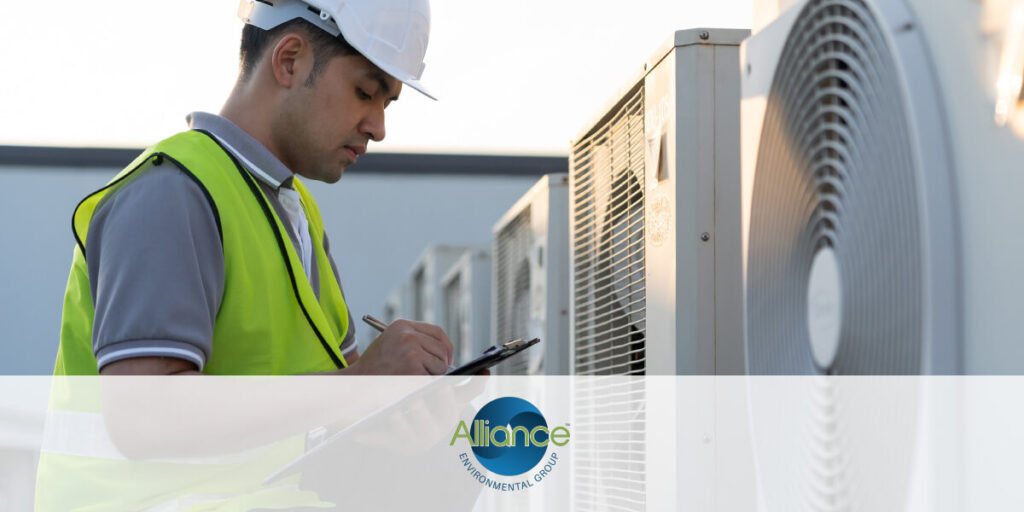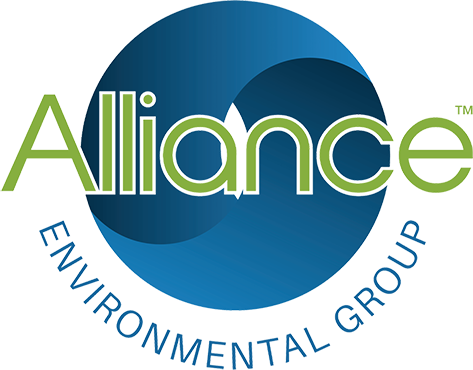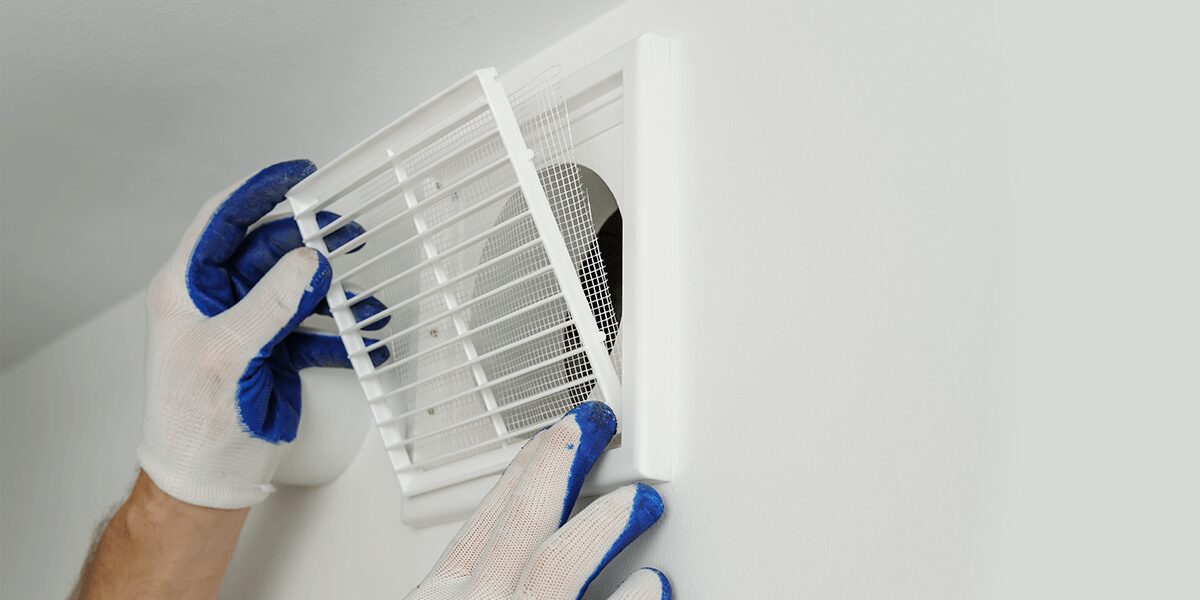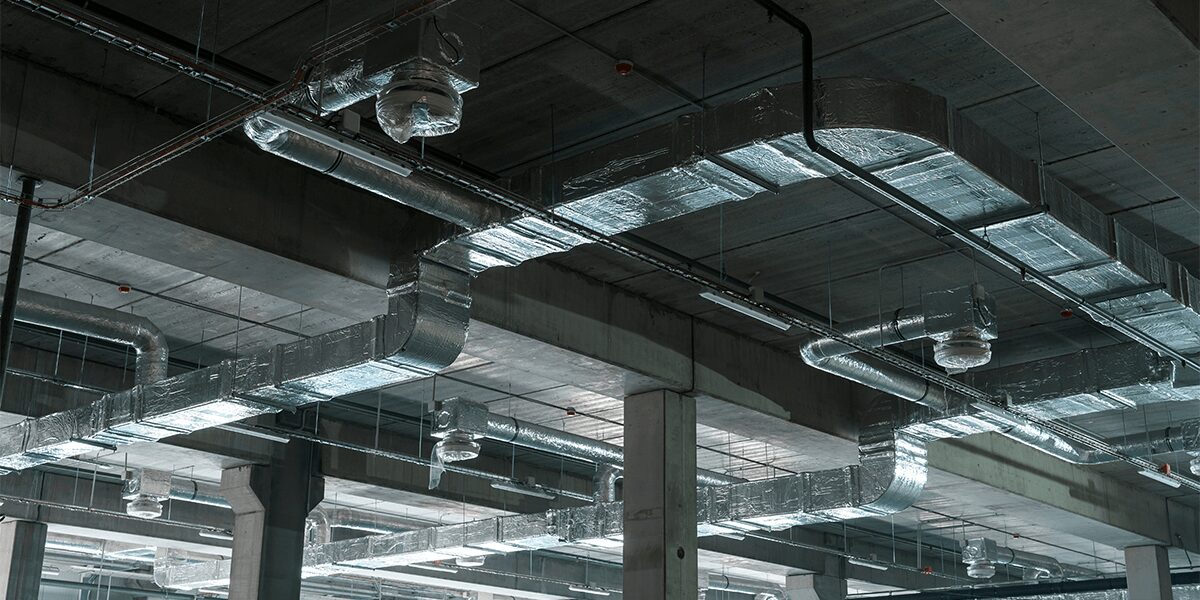
Fire dampers are used throughout residential, commercial and industrial HVAC systems to deter active fires from spreading throughout properties. Yet, they must be routinely inspected and well-maintained to strict standards to ensure safe and efficient performance.
Importance of Fire Damper Maintenance
Fires move quickly, taking little time to jump from room to room. Fire and smoke dampers are essential safety equipment installed within residential and commercial HVAC systems to reduce the risk of fire and smoke traveling across rooms.
They aid in the firefighting process by slowing the fire and smoke spread and allowing firefighters to get to the scene to minimize property damage and potential injury. Ensuring these systems stay in top condition through maintenance and inspections is crucial to keeping your family safe or your operations on track.
Types of HVAC Fire Damper Tests
The National Fire Protection Association (NFPA) has devoted its time to minimizing the impact of fire-related injuries and property loss. They worked tirelessly to create over 300 codes to standardize fire safety practices, leading to the inspection, testing and maintenance of fire dampers.
The NFPA 80 regulates the installation and maintenance of these devices with unique tests to ensure their reliable performance. According to this code, the following fire damper tests are required:
- Operational: This test is performed immediately following installation. Its goal is to confirm the damper fully closes, there are no obstructions in its operation or access, correct temperature ratings are present in the fusible link, and indicating devices are operating as intended.
- Acceptance: An acceptance test is performed by a qualified individual following a complete HVAC installation and operational test. This evaluation is done with maximum airflow to ensure that there are no damaged parts and the dampers fully close and reopen.
- Periodic: Periodic testing is done exactly one year after the initial acceptance test and every four years after unless the dampers are used in hospitals, which require six-year intervals. This test confirms the damper fully opens and closes, the fusible link is free of paint and the damper returns to its original position when not used.
Similar tests are required for all smoke dampers per Chapter 7 of the NFPA 105 or the NFPA 92, depending on their relation to a smoke control system. If your HVAC system has a combination fire and smoke damper, you must conduct tests, inspections and maintenance according to Chapter 6 of NFPA 105.
Critical Fire Damper Testing and Maintenance Requirements
Continuing your fire damper testing, inspection and maintenance procedures is essential for preserving a safe living or working environment. Unless otherwise stated by your local governing body, you should follow all tests as outlined by the NFPA 80 and NFPA 105 standards.
NFPA codes require individuals to document all inspections and testing procedures thoroughly. The information needed includes damper location, inspection date, inspector name, discovered problems and any corrections made. You should maintain this documentation for at least three test cycles. Other fire damper testing requirements you should adhere to include the following:
- Testing personnel must wear appropriate protective equipment.
- The correct parties must be alerted to testing.
- Unobstructed view and access to the damper must be confirmed or corrected.
- The fusible links must be removed, when applicable, during testing to ensure correct, adequate closure.
- Exposed components should be lubricated per manufacturer requirements.
- Dampers failing testing criteria must be repaired immediately.
Contact Alliance Environmental Group for Comprehensive Fire Damper Testing
When you need help from qualified technicians, Alliance Environmental Group is the team you can trust. We have over 100 years of combined experience, giving us the knowledge and skills to work across countless health care, commercial, retail, government and residential housing industries. Our experts undergo thorough training and understand all NFPA codes to give you confidence in a dependable fire damper testing service.
Contact us online to learn more about our HVAC fire damper tests and maintenance solutions. If you’re ready to start, request your quote today.



